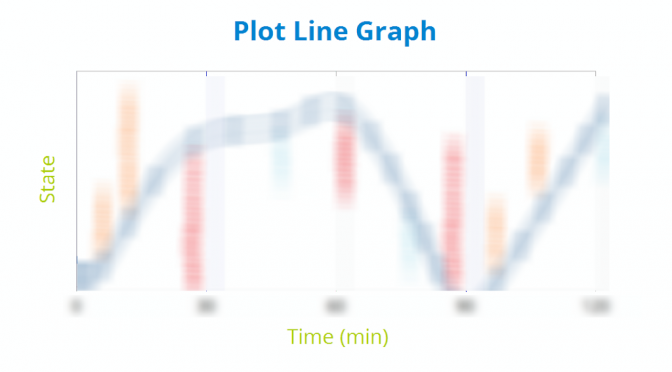Pacing is the lifeblood of what we do as writers. Though there are a lot of ways to make your work sink or swim, poor pacing is one of the most common errors a writer can commit. The old critique that it felt “too short” or, worse, “it never ended” is one that echoes in the dark recesses of our minds. To really progress from amateurs to professional writers we have to ensure that we understand the idea of pacing and how it interacts with audiences on a fundamental level. Though we’ve evolved intelligence, deep down there’s an animal instinct that’s hard to fight.
Too fast and the audience can’t follow, too slow and the audience gets bored. On the surface, these look like two very different problems. But both of these directions often have the same root cause: a misunderstanding of the nature of pacing.
In my last entry I covered how the most commonly taught format for story telling, the three act structure, is actually a product of its origins and may not actually be the “most basic form”. As I described there, novels long ago picked up a structure of their own that worked better for their format when they created chapters. The pacing of a novel depends upon getting a good feel for the length of chapters. The pacing for a comic book depends on understanding that each panel is its own moment in time. The pacing of plays and television shows depend on building acts which peak just in time for the curtain to fall or the commercial to break.
What about the pacing of film? What does film really have to provide it a steady structure? Well for that you have… Continue reading Pacing Part 2 – The Rhythm of Screenwriting



